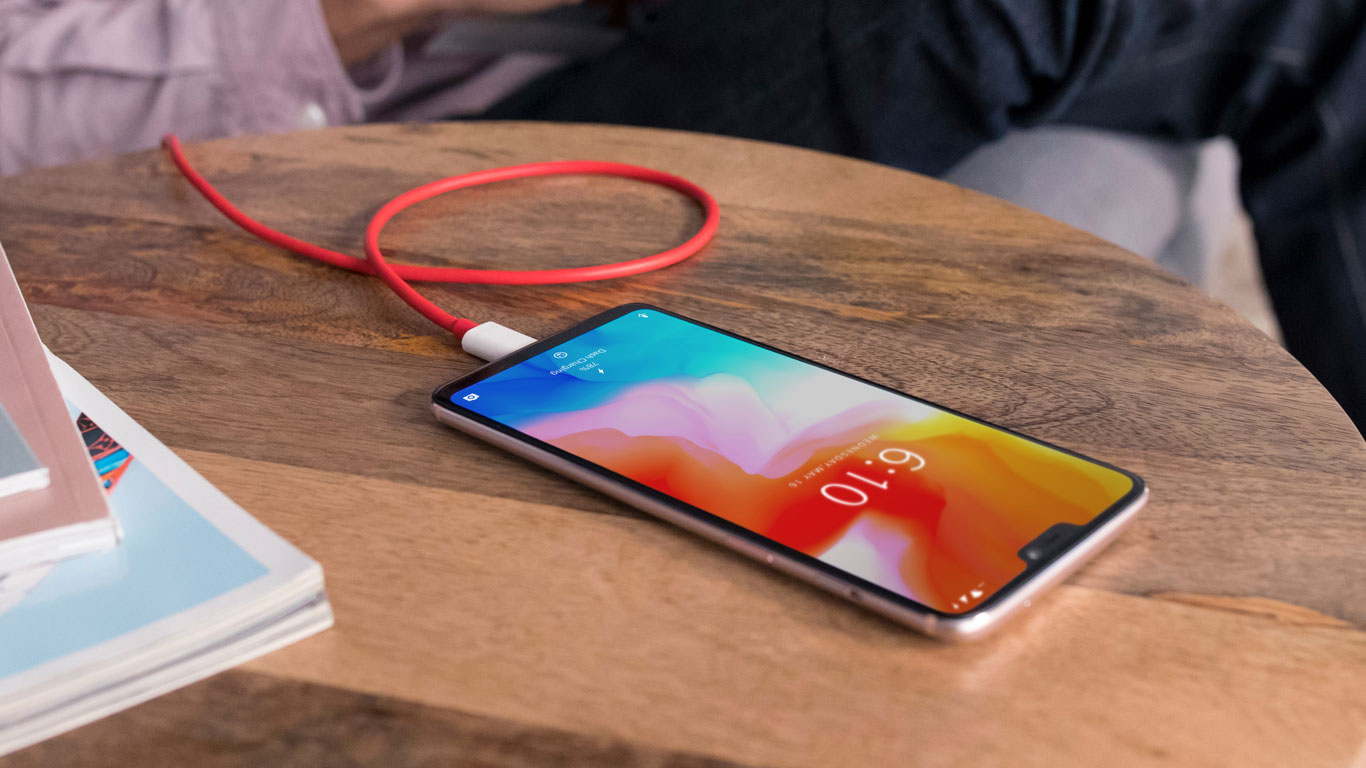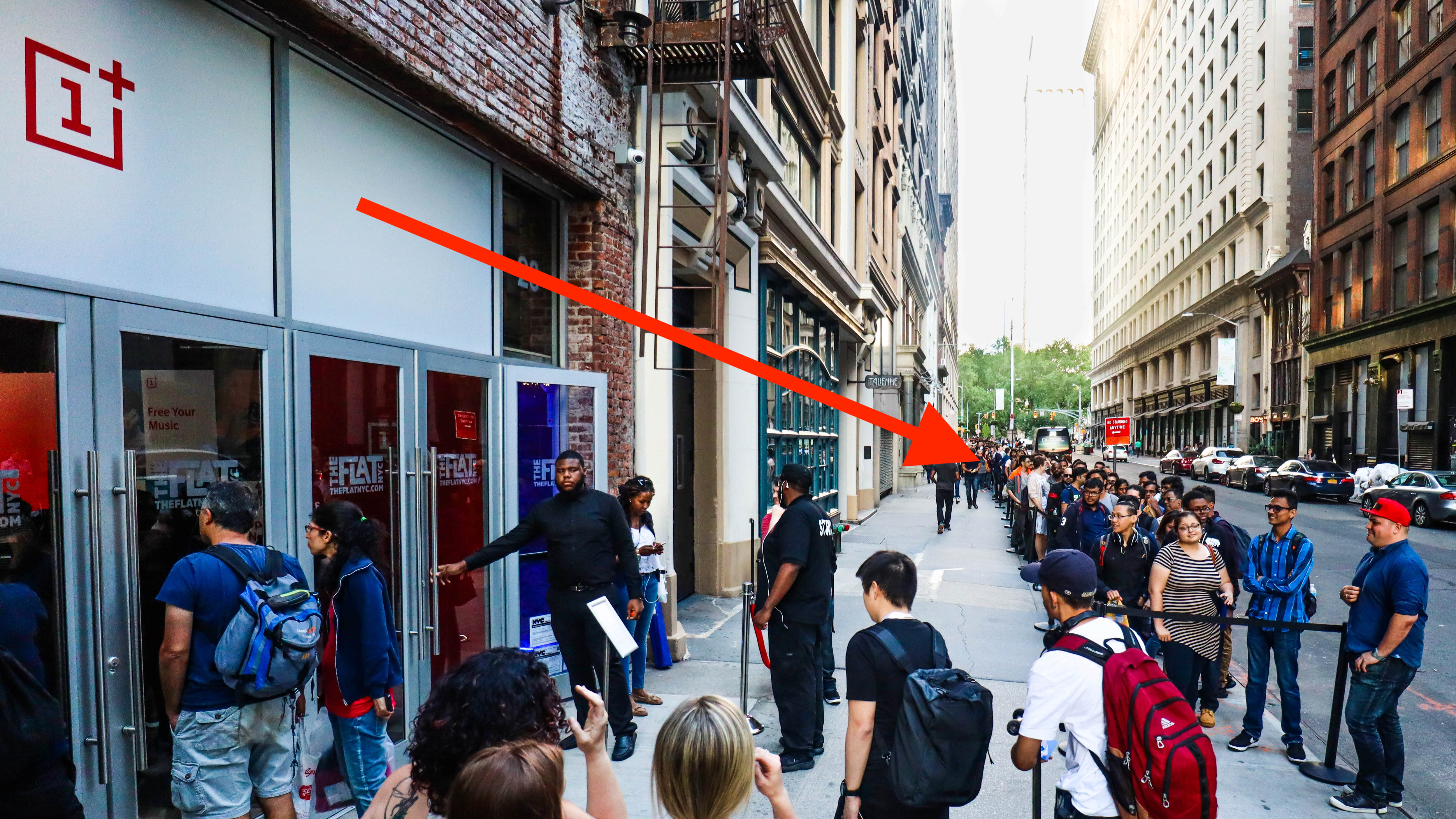OnePlus 6 doesn't have wireless charging, yet has a glass back – here's why
Exploring two design decisions following the OnePlus 6 launch

The new OnePlus 6 has almost everything you'd want in a flagship phone for a very affordable price, but it is missing one feature we expected: wireless charging.
It's surprising because the OnePlus 6 has a glass back, a switch from the aluminum shell on the OnePlus 5T and all OnePlus phones before it (except the old OnePlus X).
Electricity easily passes through glass, whereas it cannot easily pass through metal-backed phones due to interference. It's one reason why the iPhone X and iPhone 8 switched to all-glass bodies last year.
OnePlus team decided the feature isn't for them, though. There are a few reasons for their design decisions, according to the OnePlus representatives we talked to.
Reason 1: OnePlus 6 Dash Charge is far superior
Why is there no wireless charging?
Wired charging is optimal. This is always the first answer we get. We recieved the same statement from Google when it launched the Nexus 6P and 5X in 2015 without wireless charging: "Our fast charging is just so much better."
Three years later, OnePlus reps have told us: "Our fast charge is the fastest charging technology on the global market, and can provide a full day's power in 30 minutes."
Sign up for breaking news, reviews, opinion, top tech deals, and more.
"Wireless charging, in contrast, still provides a slow recharge rate. We are confident that our fast charging provides the best recharge experience on the market."

It's true. The Dash Charge plug included in the OnePlus 6 box is a bit bulky, but gets the job done. We went from 0% to 60% in just 30 minutes on our in-depth testing. That won't last most people a full day (80% is a safer bet), but the numbers don't lie.
Wireless charging on other devices has taken twice as long in our tests. When we wirelessly charged the Galaxy S9 Plus, it went from 0% to just 19% in 30 minutes. And that was using Samsung's Fast Charge Wireless Charging Stand.
When we did it again with a wired connection (USB-C and Samsung's Adaptive Fast Charging Wall Charger), it went from 0% to 38%.
That's a big difference.
Reason 2: It's all about connectivity
Why is there a glass back then?
OnePlus says that the glass body is all about connectivity. It's able to achieve faster LTE speeds through glass, and that metal unibody phones have signal interference.

This makes sense, and it's the secret reason we're seeing more phones enveloped in glass. OnePlus wouldn't comment on why competitors have ditched aluminum, but the days of aluminum phones may be numbered due to inferior signal strength.
It wanted to fit in more bands on the left side of the phone.
OnePlus did give us insight into why the Alert Switch changed from the left side of the phone (on previous models) to the right side (on the OnePlus 6): it wanted to fit in more bands on the left side of the phone.
As a result, OnePlus 6 has more robust connectivity than the OnePlus 5T, with three additional bands, although it still doesn't work with Verizon or Sprint in the US.
The value of wireless charging
There's a vocal minority that insists the lack of wireless charging in the OnePlus 6 is a dealbreaker, but, in truth, the value of it is a bit overrated.

It's simply too slow to rely on daily. Switching to glass and positioning the Alert Slider to the right side for the sake of a stronger LTE signal, conversely, are more important changes to our everyday needs.
While the OnePlus reps we talked to said it was never really about cost, we do know that each component adds to the price and girth of a phone. Is it worth it?
For a phone that runs Android P beta and costs $529 (£469, Rs 34,999), the answer is: hardly. Wireless charging in 2018 is merely a nice convenience, with its potential not fully realized. It's something the inevitable OnePlus 6T or OnePlus 7 can remedy.
- David vs Goliath: OnePlus 6 vs iPhone X
